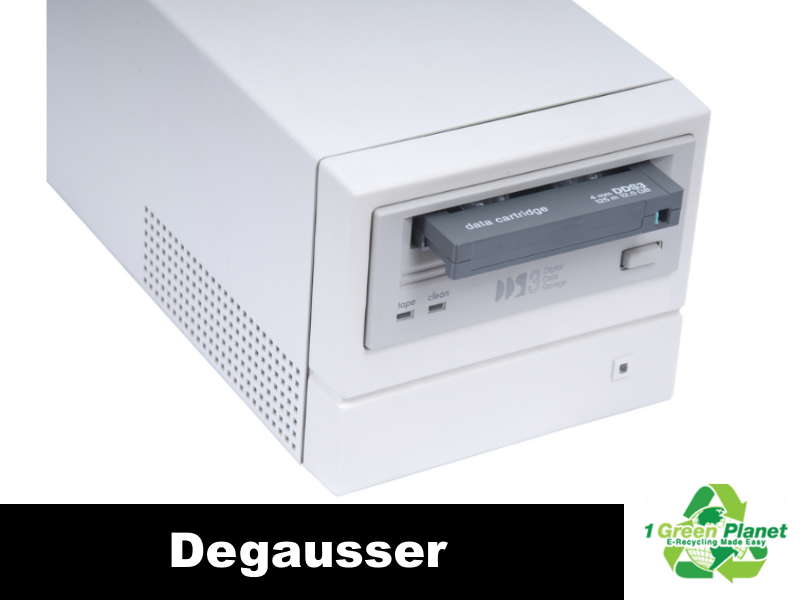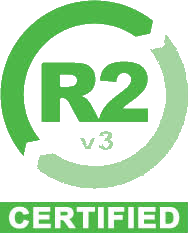Published on August 25, 2022, Updated on February 5, 2023
A degausser is a tool used to remove data from floppy disks, cassettes, and hard drives. The magnetic domains of these storage devices are changed by a degausser to prevent data retrieval and readability.
What is the Origin of the Degausser?
Degausser was derived from the “gauss” unit of magnetism, which was named after the German physicist and mathematician Johann Carl Friedrich Gauss. Commander Charles F. Goodeve also referred to techniques used to defeat German magnetic naval mines as “degaussing” during World War II.
What is the Mechanism of a Degausser?
Any magnetic medium is subjected to a powerful magnetic field in a degausser. This changes the particle polarity and completely erases any traces of previously recorded information. The design of the degausser allows the generated magnetic field to be made available to the media when it is moved through it. The media can either be manually moved around the field while being held in your hands, automatically conveyed by a belt transporter, or rotated on a motorized spindle.
What is the Purpose of a Degausser?
Simple overwriting cannot completely erase magnetic media. Only a degausser can completely erase data and ensure that sensitive information is securely destroyed.
These are the functions of a degausser.
- Ensures that any sensitive data has been completely erased.
- Disposes of sensitive media in an efficient, safe, and internal manner
- Improvements to output quality
- Significant cost savings in operations
- Compliance with the NSA and CESG standards for classified information sanitization
Here at 1 Green Planet, we make sure to use a Degausser for all electronic storage devices that you dispose of.
What Industries Use Degaussers?
A degausser is essential for individuals and institutions that use magnetic media. Electronic recycling facilities also provide degaussing services.
A degausser is used in the following industries.
- Organizations for defense
- Departments of computers and information technology
- Operators of CCTV cameras
- Institutions rendering financial services
- Emergency services
- Colleges and universities
- Hospitals, clinics, and other healthcare facilities
- Video and audio duplicators
- Radio and television production companies
- Companies that store data














